Dolgellau, Wales
Description and photos from a visit by M. Stone on 15-16 April 2007.
I believe Dolgellau was the native village of my great-great-great-grandfather, DAVID
ROBERTS (1806-1863)
and was where he and his wife and children lived and ran a grocery/tea/sundries store on Waterloo Street circa 1841-1844.
Here are my first views of the ancient central
market town of Dolgellau in Gwynedd (known in the 1800’s as Dolgelley,
Merioneth), in northwest Wales (now part of spectacular Snowdonia National Park). The first mention of this town of “Dolkelew” is from a source written in 1253. We parked in a large open car park
(parking lot) just southwest of the town’s seven-arched Big Bridge (Y Bont Fawr) over the River (Afon) Wnion, and I took these photos. The bridge was
originally built in 1638, but has since been considerably enlarged. In ages past the town was subject to
flooding whenever the river rose, but now the river’s flow is controlled. Seagulls
flew and called overhead, for we were not far from the sea. The people here speak, read, and
write in Welsh, but almost everything and everyone is bilingual, so we could
get along fine in English. It seems that almost all the
buildings in the old town center are made of massive dark stones, grey-brown
and heavy, looming over very narrow streets going sinuously in every direction,
with no grid, reflecting ancient roots. We walked from the car park down a
narrow alleyway into the town and followed the signs to Eldon Square, where we
found a building (Ty Meirion) that housed the visitor information and Snowdonia National Park office (Canolfan Croeso) on the first floor: Ty Meirion (the central building,
above) in earlier years was called London House, and was “an emporium for goods
from a London merchant.” An upper floor houses an exhibit on the town’s former
Quaker population. Persecuted in Wales, a sizeable group of Dolgellau Quakers
emigrated to Pennsylvania in the late 1600’s and founded the town and the college of Bryn Mawr. Also on Eldon Square we found the
shop of Roberts Bros. Butchers (established 1840). I wondered if the owners
were distant relatives of mine. Later I found out there are pages and pages of Robertses
in the Dolgellau phone book, so even if we were related, it would not be a simple
or swift matter to figure out how. Nevertheless, I had the feeling, if not the
facts, that we had indeed found my ancestral “hometown.” After buying a map of the town at
the visitors’ center, we went into a place around the corner, Y Sospan (“The
Saucepan?”), the old town hall courthouse and jail building (1606), now a cozy
tearoom, where we got refreshments and our bearings. When we came out, I took a
photo of the T.H. Roberts building across the street, a former ironmonger’s
shop built in 1886, now a sandwich and coffee place. T.H. Roberts has the red
front, and the venerable Ship Hotel is the place with the green front and ivy: T.H. Roberts Ironmongers
was an important source of panning equipment during the 19th-century “gold
rush” near Dolgellau. Below, another shot of the ivy-covered Royal Ship Hotel, and, in the distance to the left, on the
street behind it (showing the blue rectangular sign) the building formerly known
as the venerable and famous Golden Lion, a famous coaching inn of previous
centuries: Then we strolled around to get a look
at Dolgellau and take some photos. We learned that you can date the buildings
by the stones: in general, the older the building, the bigger, more massive,
and more roughly-dressed the stones. In some places the sidewalk narrowed
to only about six inches in width and we were constantly falling into the
narrow streets. To my amazement we discovered that most places didn’t have
street numbers—each residence or building had a “house name” in Welsh. We found Ebenezer Wesleyan Methodist Chapel, built in 1880,
with a plaque commemorating Methodist founder John Wesley’s coming to Dolgellau
on March 23, 1750 and March 23, 1756. This church (photo below) is still in
use, but there were also other church buildings turned to other uses, being
those now “redundant chapels and churches” left over from the Welsh
Nonconformist revivalism of the 1800’s and early 1900’s, when both the town’s
population and its religious fervor were much larger. Above, Ebenezer Chapel; below, Dolgellau Coffee Shop menu: Below is a closer view of the Golden
Lion. Dolgellau had a famous “Golden Lion” inn that was the principal
(and fashionable) stopping-place for visiting royalty, literary figures, and other travelers in
that area of Wales at least since 1794. The stagecoach journey from London to the Golden Lion took about 24 hours in 1830. With the advent of trains, the
journey took 8-1/2 hours in the 1870’s, and was down to 5-1/2 hours by the
1930’s. The Golden Lion finally went out of
business sometime after World War II and deteriorated rapidly. With the help of
restoration grants from the National Park system, it has now been renovated to
look as it did before on the exterior, while the interior has been turned into
apartments. ---- Suddenly, not far from the Golden
Lion, while walking down Bridge Street (Heol y Bont), we stumbled across
one-block-long Waterloo Street (“Heol y Dwr” or “Water Street” in Welsh), where
a Roberts family which looked to be very much like mine had lived and operated
a grocery and tea shop circa 1841-1844: As enumerated on 6 June in the 1841 Welsh census [UK Census
Collection, Ancestry.com]: [in Waterloo Street:] Catherine Roberts, 65, Ind [independent? or “Wd” =
widow?], born in the same county [i.e. Merionethshire] [next-door to:] David Roberts, 35, Tea Dealer, born in the same county Catherine, 30, born in the same county David, 10, born in the same county Lewis, 10, born in the same county John, 4, not born in the same county Knowing that the Welsh census enumerators were supposed to round ages
to the nearest 5, this family could well be ours, including son David, age 13,
and his brother Lewis, age 10, although they are claiming Welsh birth instead
of Boston birth for Lewis (but perhaps this entry provides the clue that
younger brother John had been born in Boston c. 1837). At any rate, we know the
censuses often provide inaccurate information, and this is the only Roberts family I
found in any of the available Welsh censuses with parents David and Catherine and sons David and
Lewis. In this one census entry, these people are all of the approximately correct ages at the appropriate date to have been my family. The 1844 business directory for Dolgelley also lists “Roberts, David, Waterloo st.” as a grocer and dealer in sundries. There is no such person listed in the
1835, 1840, or 1850 Dolgelley directories, although in the 1850 directory there
is a “Roberts, Robert” listed as a grocer and dealer in sundries in Waterloo Street. These listings would be consistent with David and Catherine Roberts and
their family leaving for Boston in 1846, as we know they did, and another
Roberts relative taking over the Waterloo Street shop. It felt amazing to contemplate them
being here—and now me being here. We walked by this shop on Bridge Street and I looked up and noticed the sign that said “Waterloo” over the shop’s doors.
Just around the corner to the right was one-block-long Waterloo Street. Behind
which little door or windows in the block did the Roberts family live in the
1840’s? I’ll probably never know for sure. But we’d gotten close enough
to give me goosebumps. Here are several shots looking east from
Bridge Street down narrow, one-block-long Waterloo Street (which seemed to
have space for about ten households, according to past censuses) This is the cross street (upper Smithfield, or Fos y Felin) at the other (eastern) end of the block of Waterloo Street: Below, looking back, west, down Waterloo Street toward Bridge Street. Which door once led to my ancestors’ home? While in Dolgellau we enjoyed a fine
stay at Tan-y-Fron, a charming bed-and-breakfast in an old stone house on Arran Road near the Dolgellau town cemetery. It also featured a “caravan park” where people
could park their R.V.s and campers and then stay in them while on holiday. It
was quiet, quaint, surrounded by carefully cultivated blooming flowers, and our upstairs room had a big window with a view of the
hills and sheep surrounding the town: During our stay in Dolgellau, we
drove the winding eight-mile road to picturesque Barmouth to see the sea. While
doing so, we caught a glimpse of the local tallest mountain, Cadair Idris, as we
drove along the Mawddach Estuary. Barmouth is an old resort town on Cardigan
Bay that looks across St. George’s Channel toward Ireland. It was once a place
where large sailing ships were built and where slate, wool, and hides produced
or processed in Dolgellau and the surrounding areas were exported from its
harbor. My ancestor, David Roberts, had been
a skinner in his youth (in the 1820’s) before he was a grocer in the 1840’s. I
couldn’t help but wonder if he had once processed hides in Dolgellau as a young
man, attended church there, sat in Eldon Square, or had a drink at the Golden
Lion. How many generations back did his family go in Dolgellau? Had he (or his
sons) climbed Cadair Idris, or visited Barmouth before the family set sail for good
to America? It is intriguing to contemplate. Of course there is no substitute for
seeing these places with your own eyes, but I hope by providing these photos to
have given others at least a small glimpse of the beauty and unique character
of this area of northern Wales, land of (some of) my fathers and mothers. List of HUMPHREYS and ROBERTS baptized at Dolgellau, 1827-1837 List of HUMPHREYS and ROBERTS baptized at Dolgellau, 1838-1846 To see my photos of nearby Mallwyd, North Wales, where
David ROBERTS and Catherine HUMPHREY were married in 1827, go here. 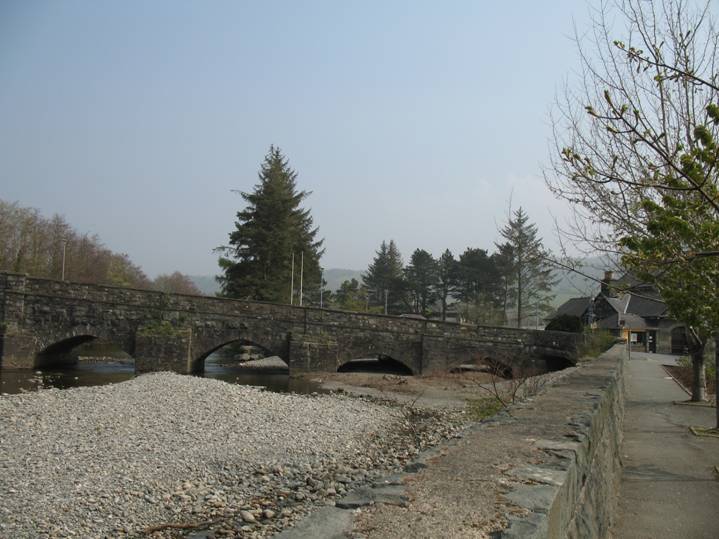
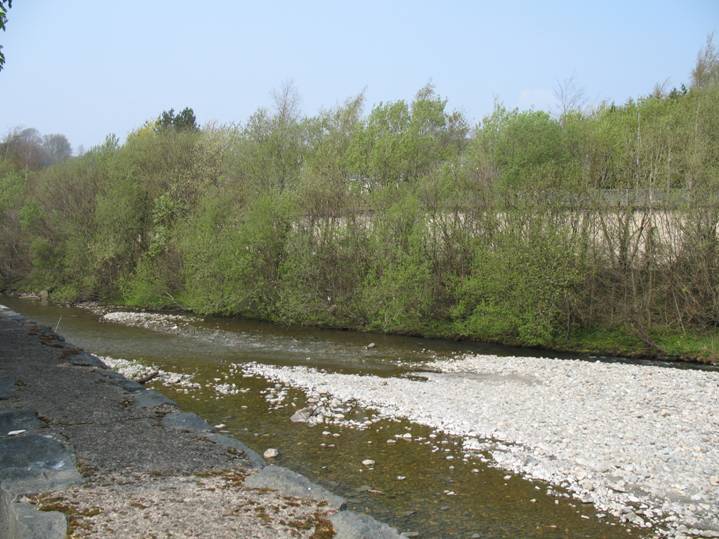
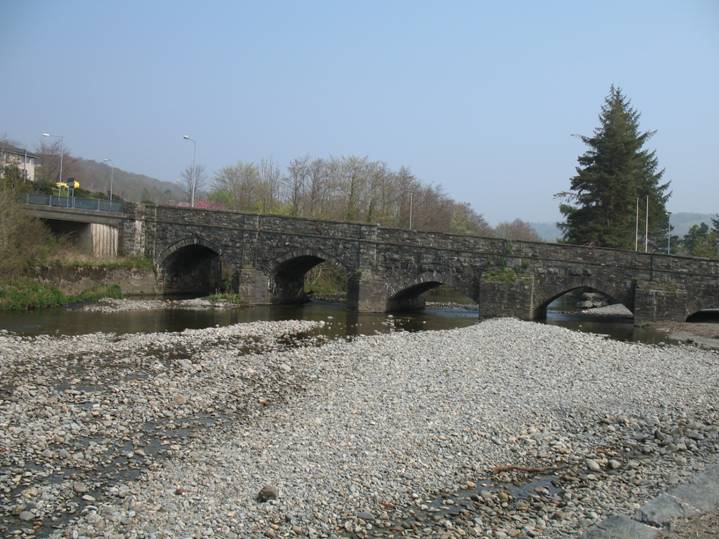
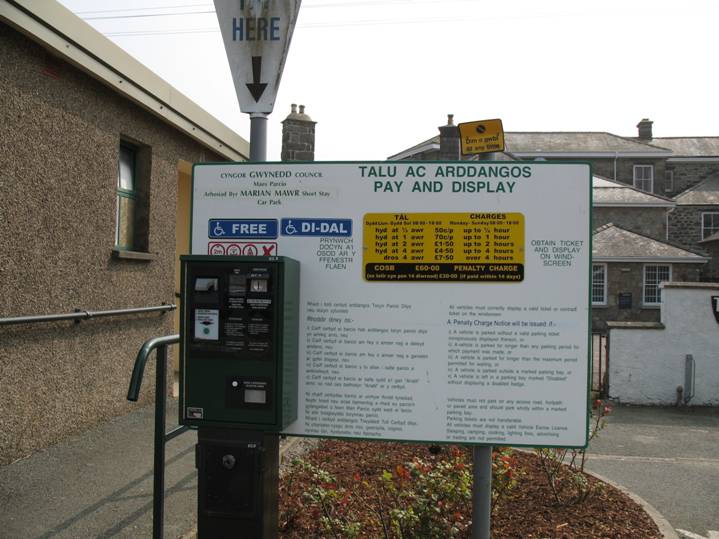
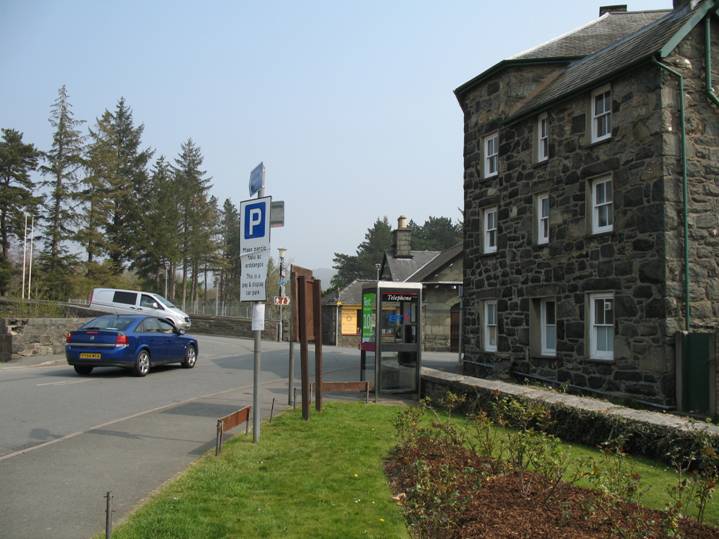
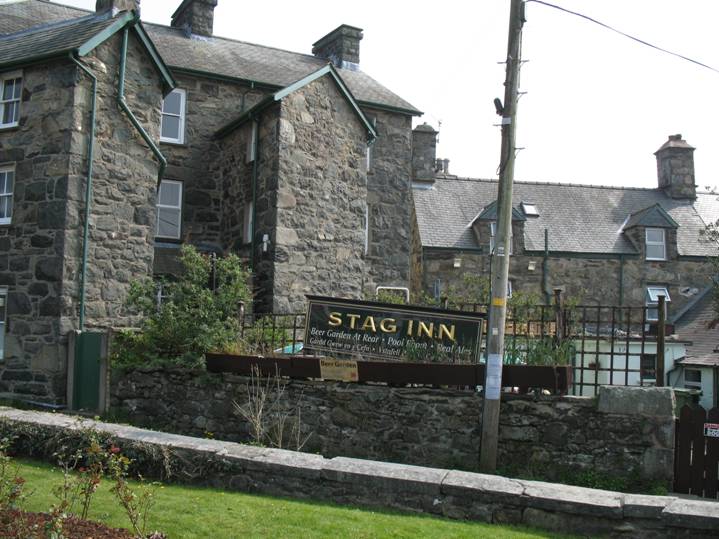
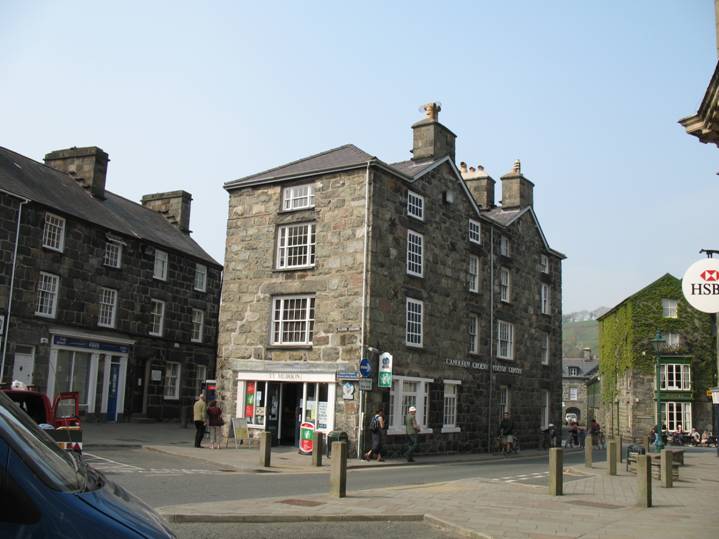
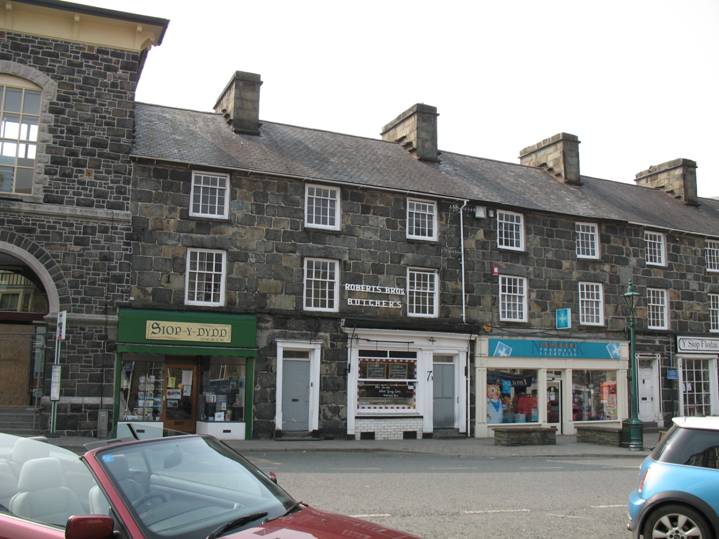
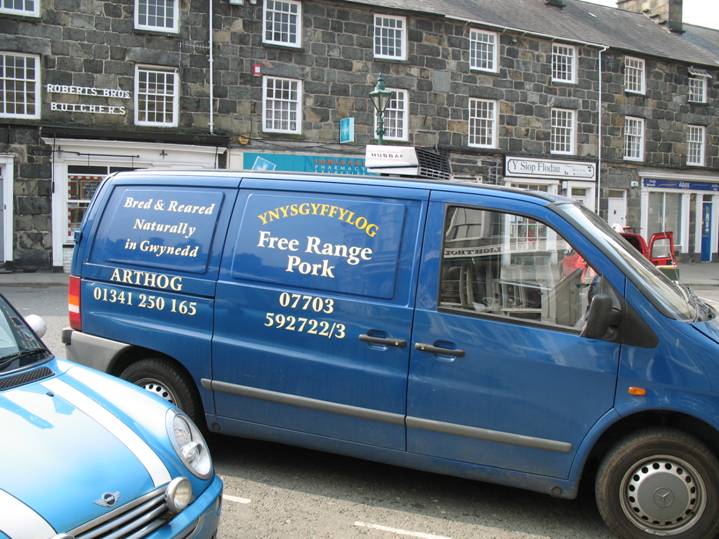
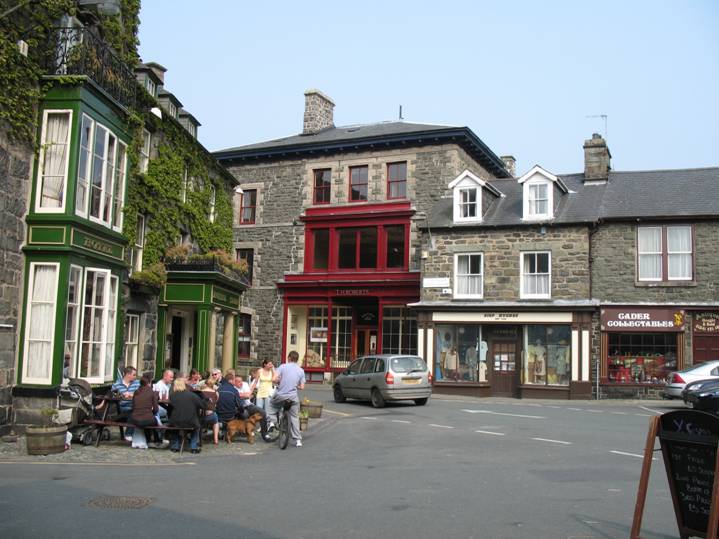
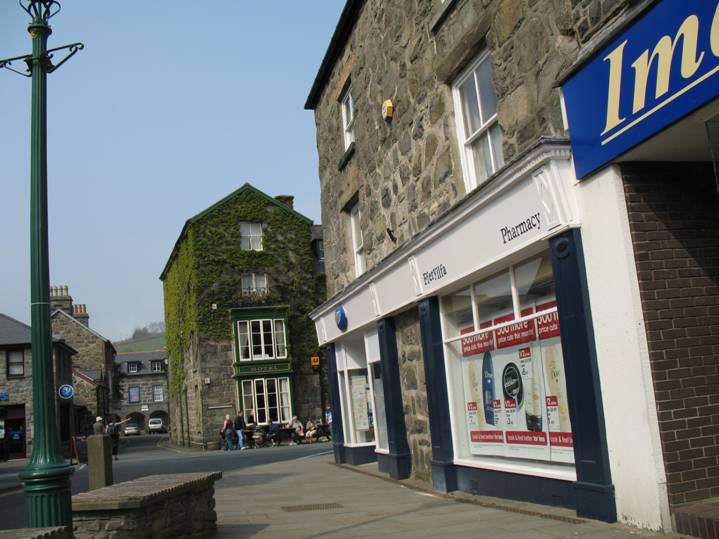
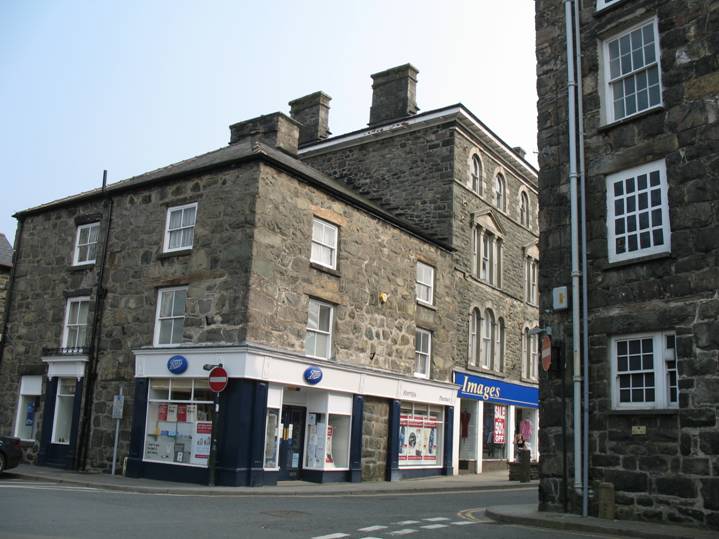
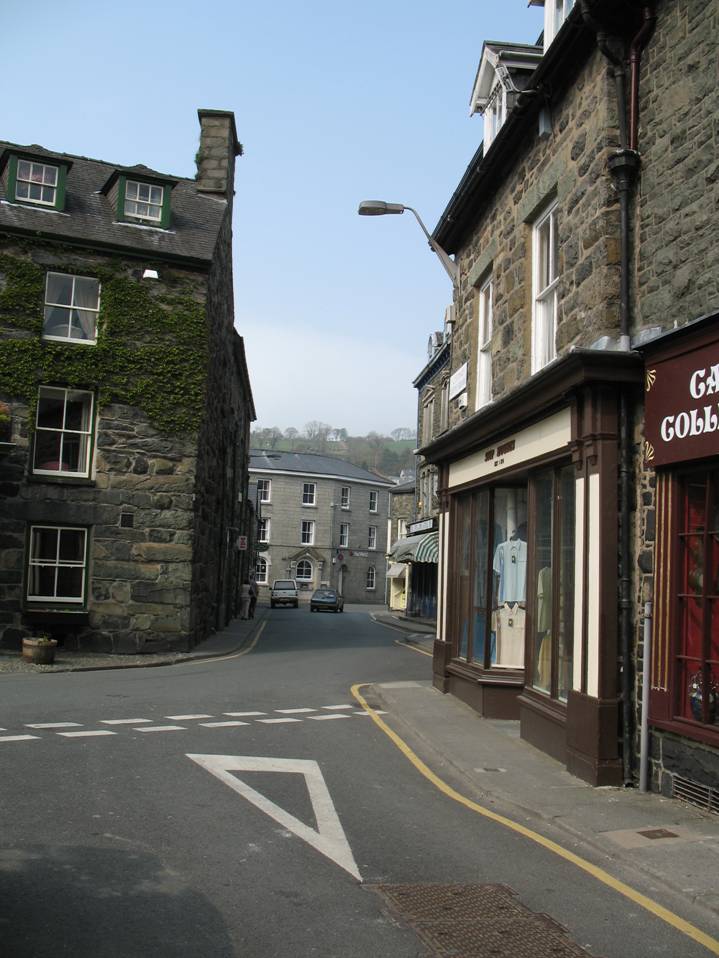
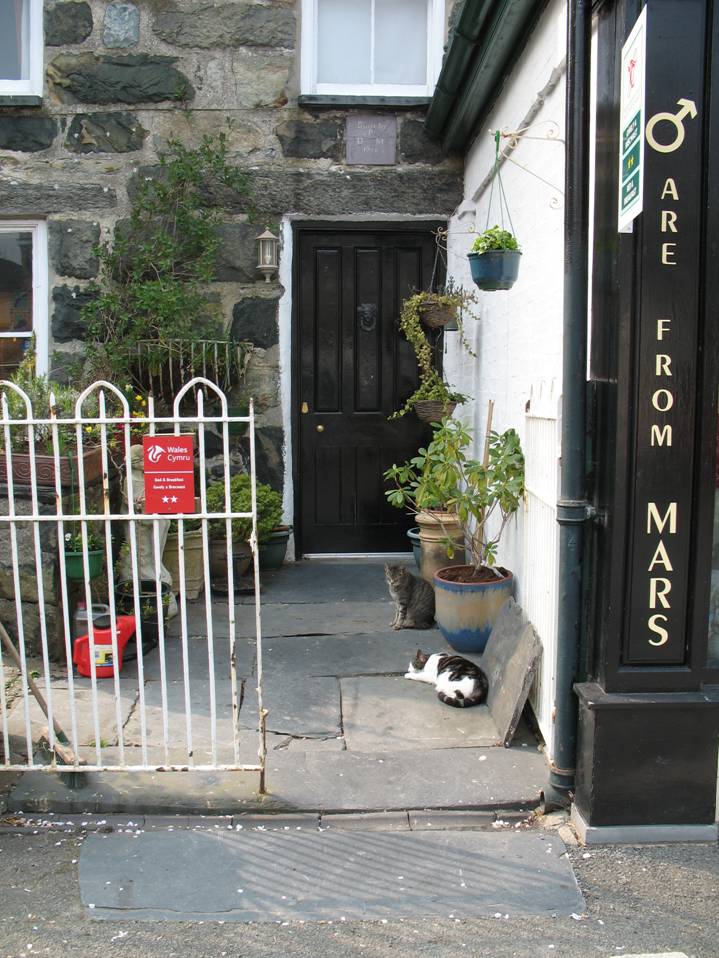
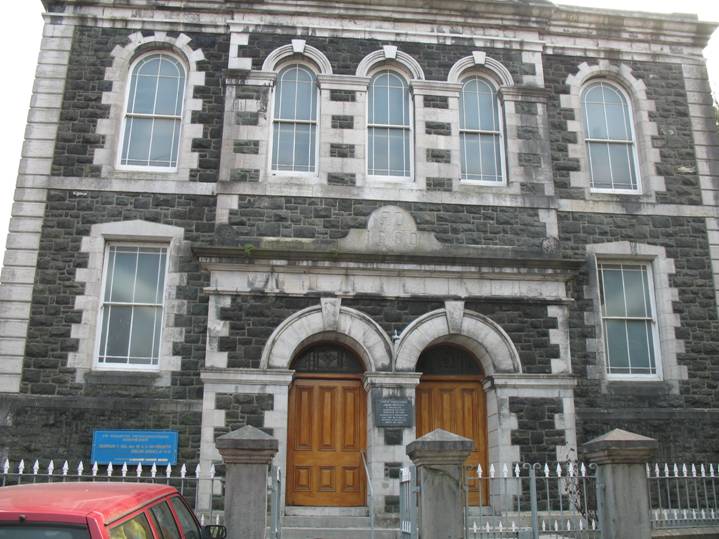
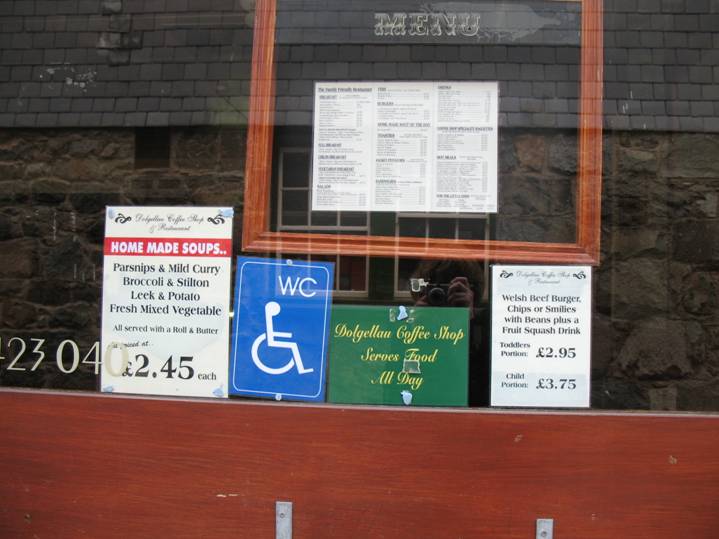
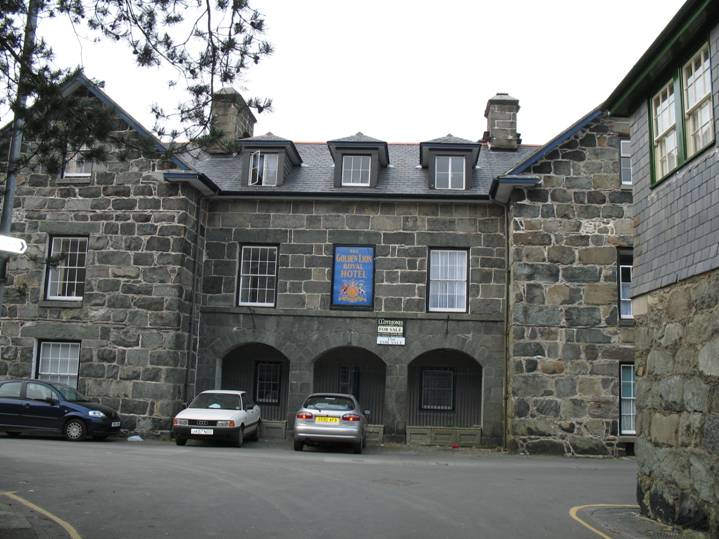
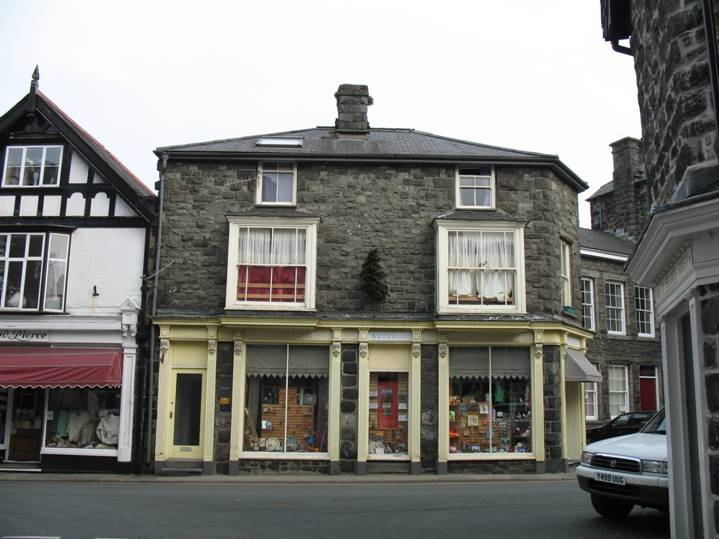
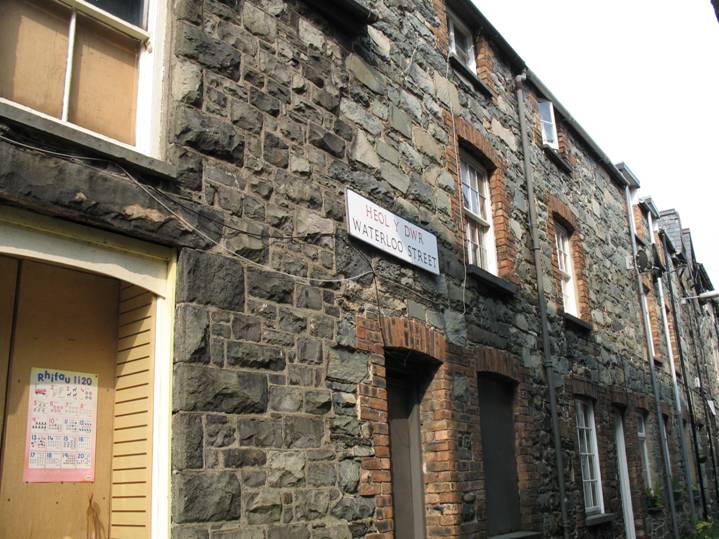
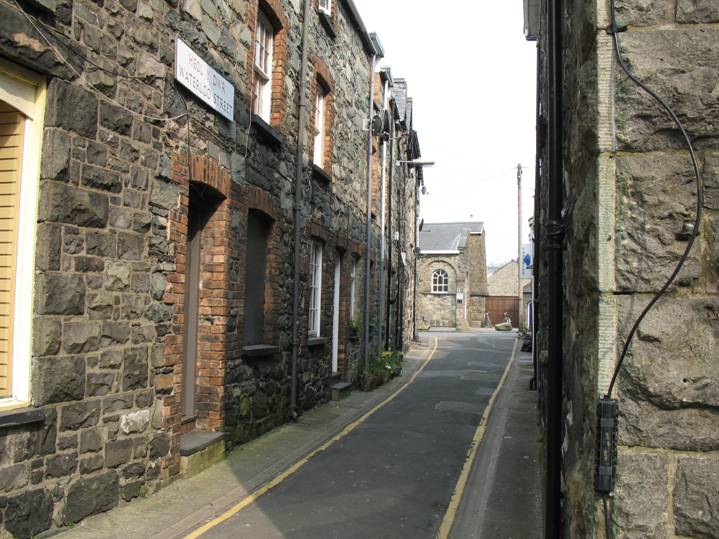
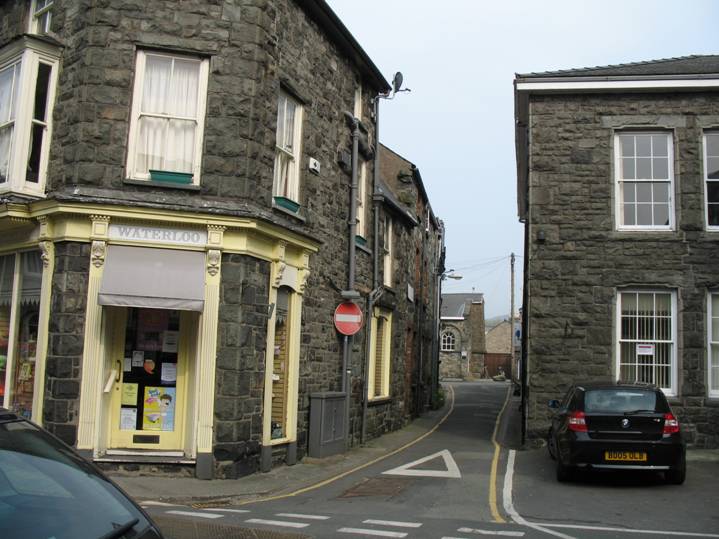
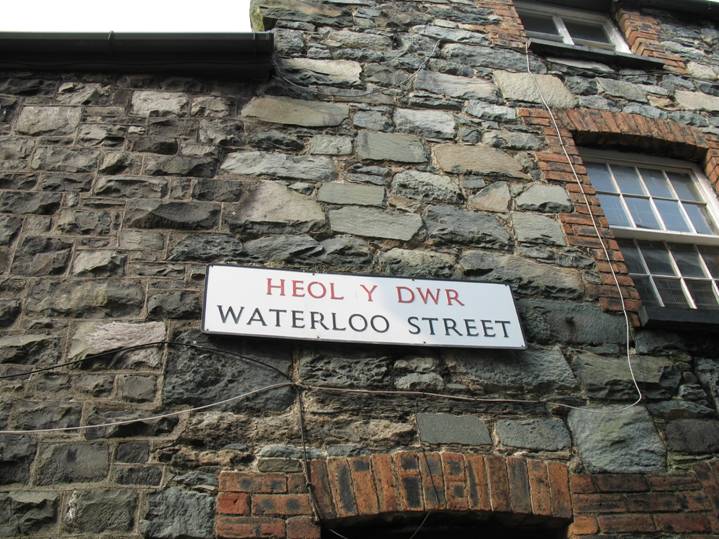
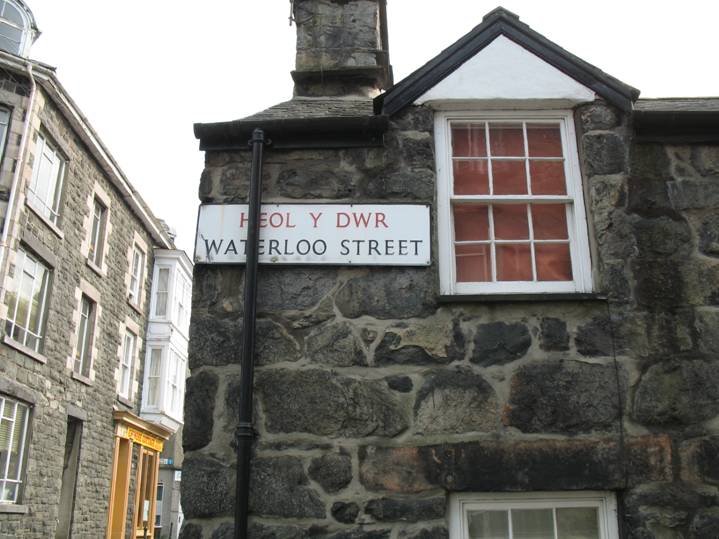
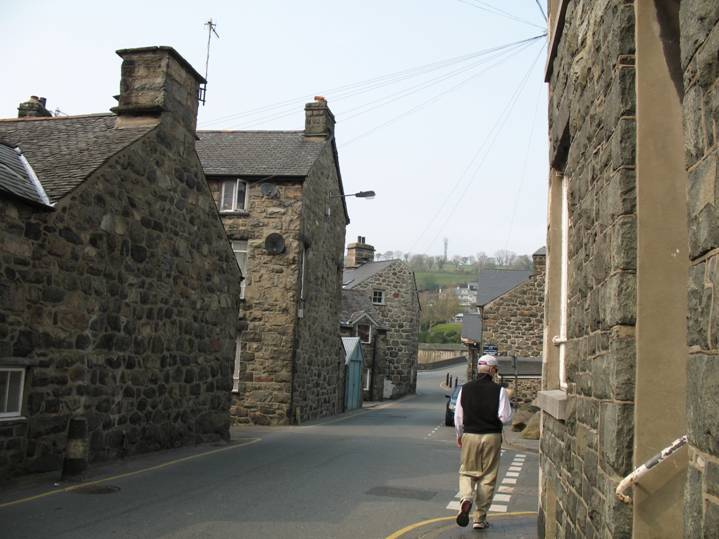
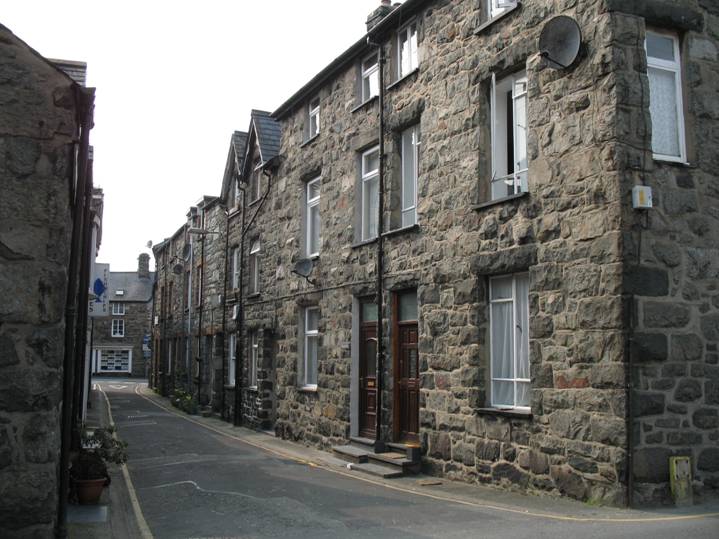
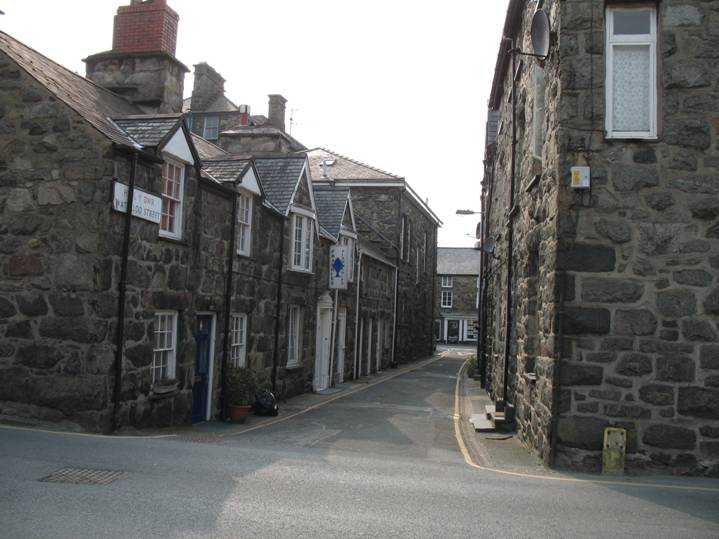
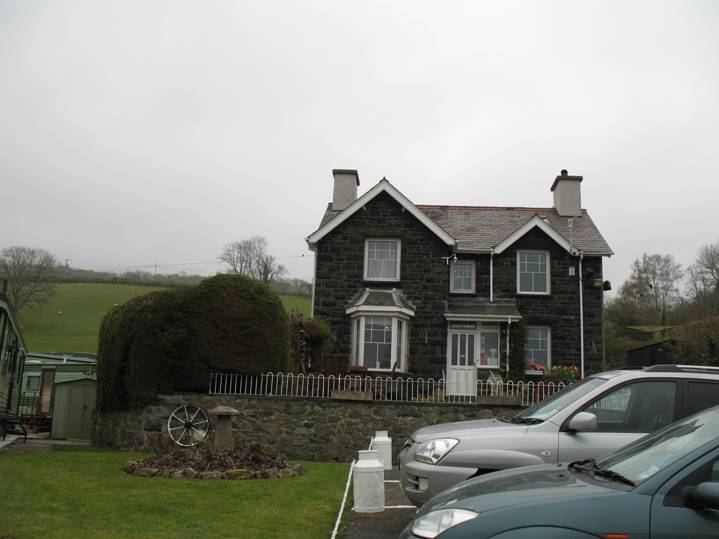
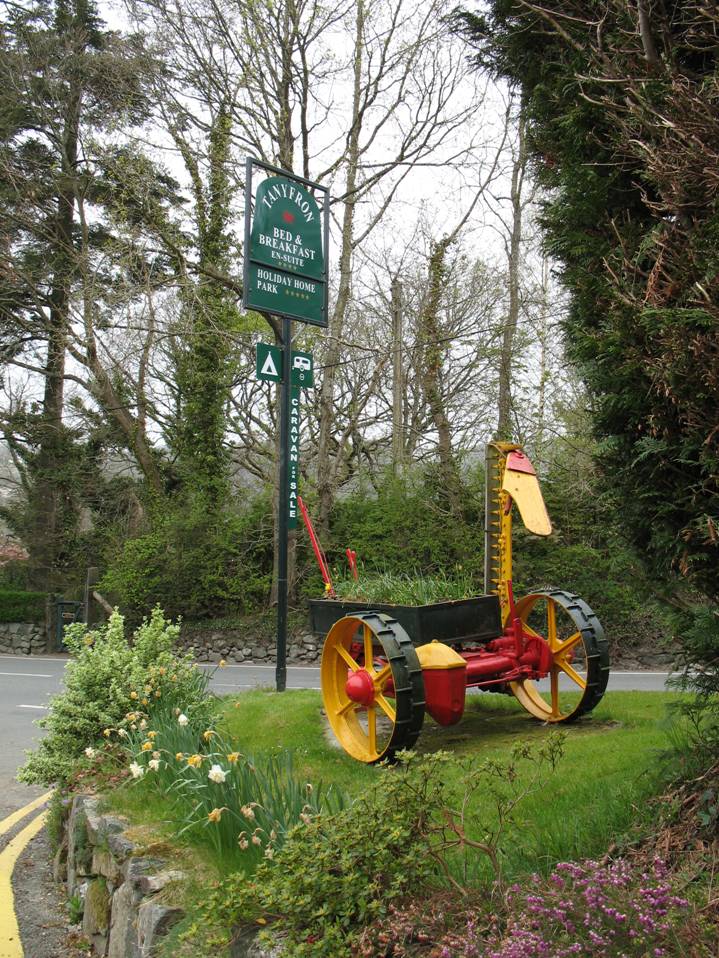
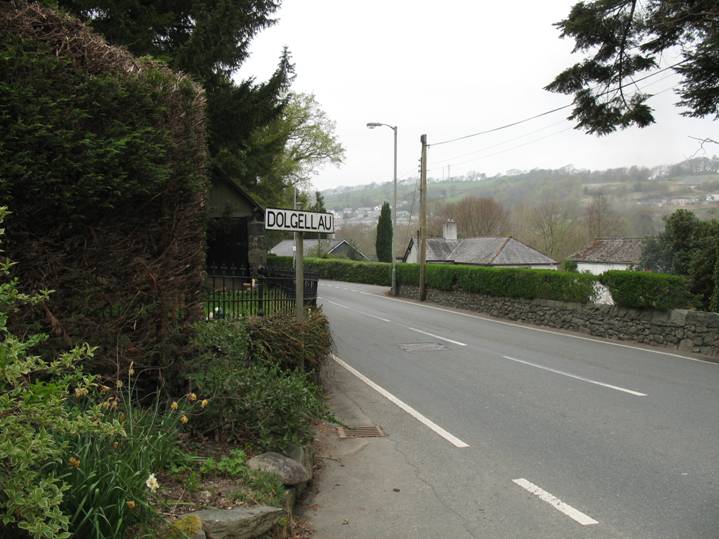
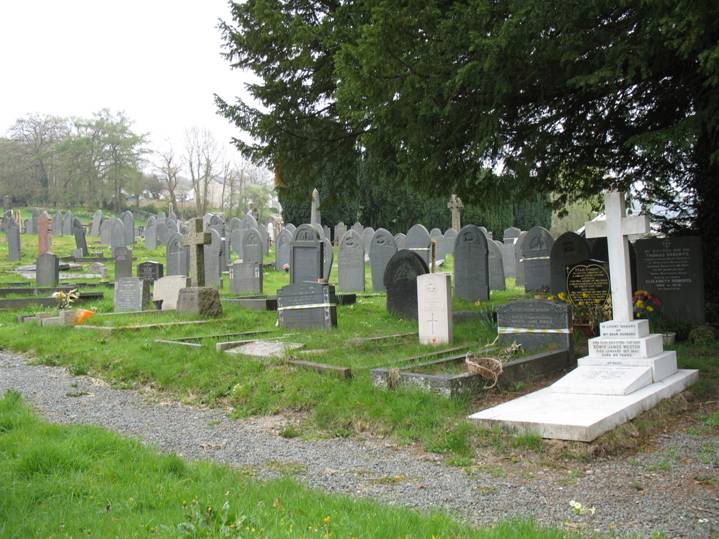
| Back to Catherine Humphrey's page |
| Back to David Roberts' page |
| Home |
Copyright 2007 Michelle Stone. All rights reserved. This information may be used for personal and/or scholarly research only. Commercial use or reproduction of any information contained on this website is strictly prohibited. Information contained on this site is not to appear on any web site on the Internet or in any printed format without written permission. Please link to my site and give appropriate copyright credit. Thanks!